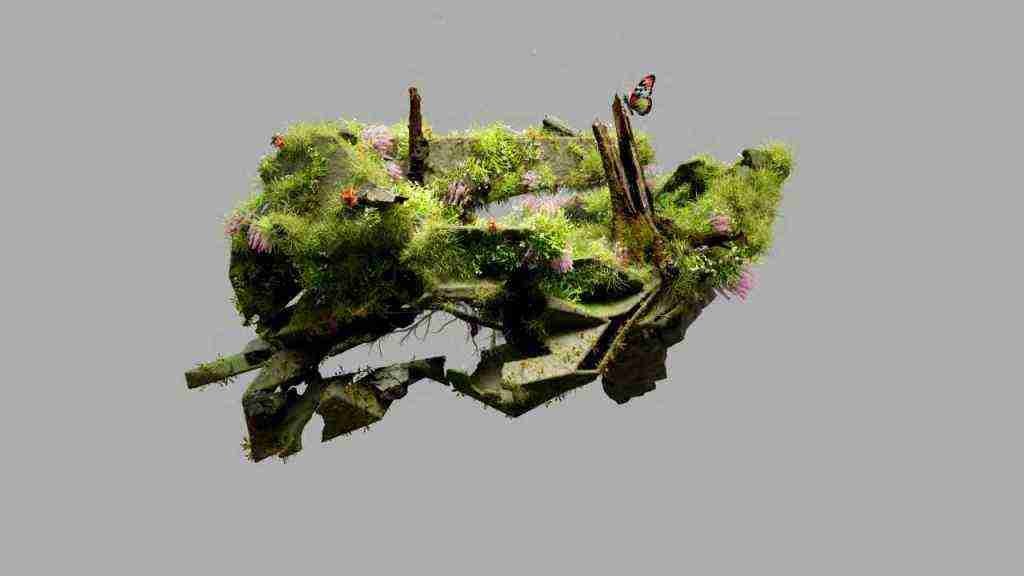DeepDive: A Revolutionary Framework for Simulating Biodiversity
Yo, check this out! DeepDive is the bomb framework for simulating biodiversity that’s got it all—complexity, accuracy, and flexibility. From simulating diversity trajectories to modeling biogeography and fossil record biases, this framework is the real deal.
Simulation Framework: The Nitty-Gritty
DeepDive simulates biodiversity like a boss using a birth-death process. It’s like rolling dice to determine when species pop into or outta existence. Plus, it can even throw in some mass extinctions for added drama.
But wait, there’s more! DeepDive also simulates biogeography, assigning species to different regions based on size, origination probability, and distance. It’s like a virtual world where species roam and disperse, just like in real life.
And let’s not forget the fossil record! DeepDive knows that the fossil record is biased and incomplete, so it simulates that too. It varies sampling rates and fossilisation rates to make the simulations as realistic as possible.
DeepDive: Unraveling Biodiversity’s Hidden Histories
Empirical Analyses: Unlocking the Past with Simulations
DeepDive’s versatility extends beyond simulation; it empowers researchers to analyze real-world datasets. Case studies have yielded groundbreaking insights. For instance, marine fossils from the Late Permian to Early Jurassic were analyzed, revealing a complex interplay of environmental changes and biodiversity dynamics. Additionally, DeepDive was used to examine Cenozoic proboscideans, shedding light on their evolutionary trajectory and extinction drivers.
Conclusions: A Window into the Past, Present, and Future
DeepDive stands as a powerful tool, enabling researchers to simulate and analyze biodiversity with unprecedented accuracy. Its ability to account for fossil record biases makes it invaluable for reconstructing past diversity dynamics. By providing a comprehensive understanding of biodiversity’s past, DeepDive empowers scientists to make informed predictions about its future, ensuring the preservation of our planet’s invaluable ecosystems.
